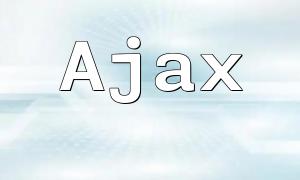In modern web development, PHP remains one of the most important backend languages. Understanding and mastering three core features—Closures, Generators, and Reflection—allows developers to organize logic more flexibly, optimize performance, and improve code maintainability. This article explores each of these techniques with practical examples.
A closure is an anonymous function that can access variables from the scope in which it was defined. Closures help reduce the use of global variables and make functions more independent and modular, improving readability and reusability. Here's a simple example that calculates the square of a number using a closure:
$square = function($num){
return $num * $num;
};
$result = $square(5); // Output: 25
echo $result;In this example, the anonymous function is assigned to the variable $square and invoked like a normal function. Closures make the code structure more compact and readable.
Generators are a lightweight way to create iterators in PHP. Instead of generating all data at once—which consumes large amounts of memory—a generator yields values one at a time using the yield keyword. This significantly reduces memory usage, making it ideal for handling large datasets. The following example demonstrates how to use a generator to create a Fibonacci sequence:
function fibonacci($max){
$first = 0;
$second = 1;
while($first <= $max){
yield $first;
$temp = $first + $second;
$first = $second;
$second = $temp;
}
}
$numbers = fibonacci(100);
foreach($numbers as $number){
echo $number . " ";
}By using yield, the function pauses execution after returning each value and resumes when the next value is requested. This allows PHP applications to handle large datasets efficiently without consuming excessive memory.
Reflection is a powerful runtime mechanism in PHP that allows developers to inspect and manipulate classes, methods, properties, and functions dynamically. It plays a crucial role in frameworks, dependency injection systems, and automated tools. The following example demonstrates how reflection can be used to modify properties and invoke methods:
class Person{
public $name;
public function sayHello(){
echo "Hello, I am " . $this->name;
}
}
$person = new Person();
$person->name = "John";
$reflectionClass = new ReflectionClass('Person');
$reflectionProperty = $reflectionClass->getProperty('name');
$reflectionMethod = $reflectionClass->getMethod('sayHello');
$reflectionProperty->setAccessible(true);
$reflectionProperty->setValue($person, "Tom");
$reflectionMethod->invoke($person);In this example, ReflectionClass retrieves the class structure, allowing property values to be modified and methods to be executed at runtime. This technique is commonly used in the core design of PHP frameworks.
Closures, generators, and reflection represent some of the most advanced and versatile features in PHP. Each contributes to efficient and flexible coding in different ways:
By combining these features wisely, developers can significantly improve the efficiency, clarity, and maintainability of their PHP projects.









